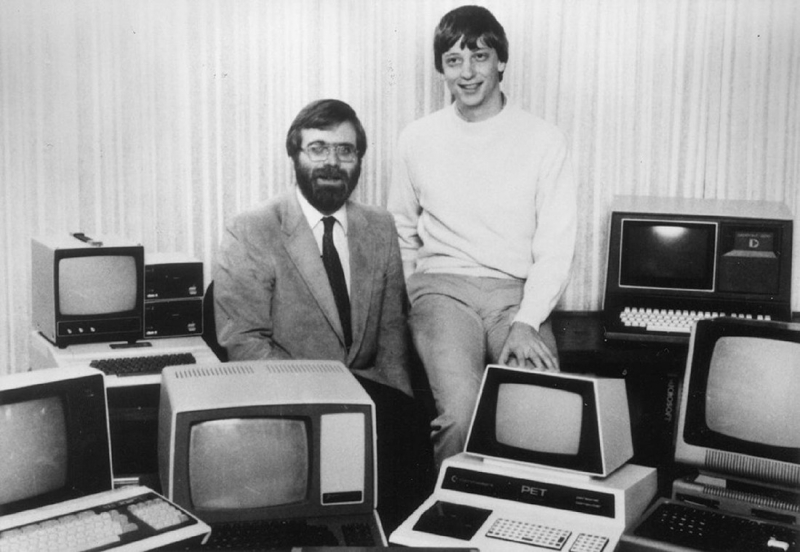The only remarkable thing about the product that revolutionized the personal computing business was the fact that IBM built it. If any other company of the era built and marketed the IBM Personal Computer Model 5150, it might be looked back on with fondness but not as a product that changed an industry.
IBM's stature guaranteed the PC to initiate a level of standardization required for a technology to attain widespread usage. That same stature also ensured competitors would have unfettered access to the technical specifications of the Model 5150, since IBM was obligated to disclose such information under the Department of Justice 1956 consent decree, which the company operated under as an accommodation for its previous monopolistic practices.
This is the third installment in a five part series, where we look at the history of the microprocessor and personal computing, from the invention of the transistor to modern day chips powering our connected devices.
